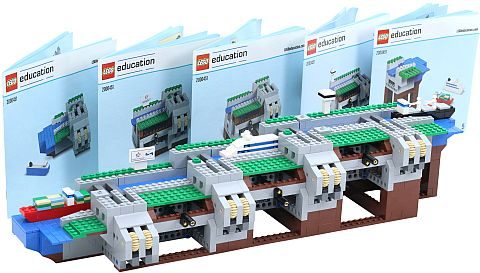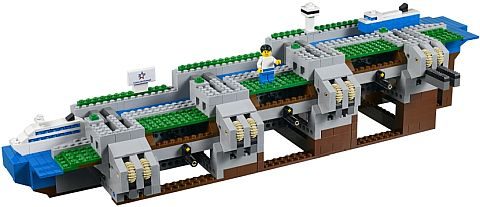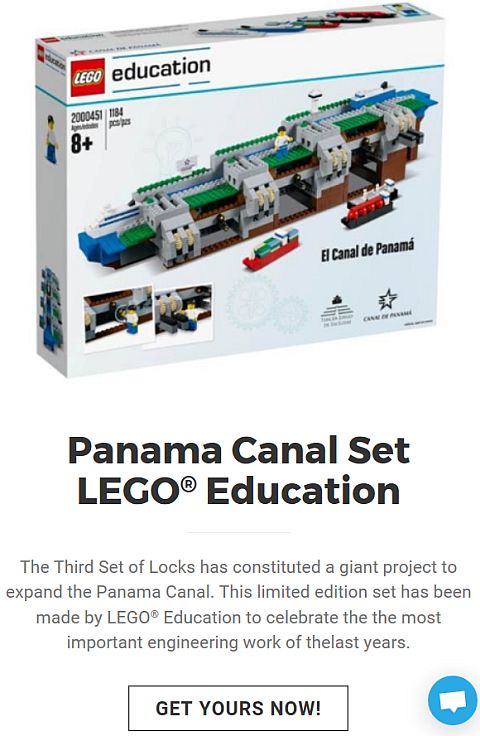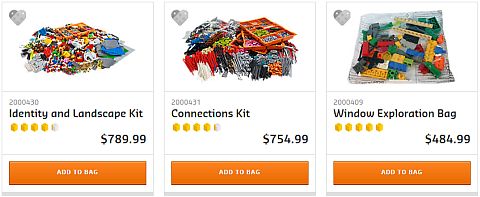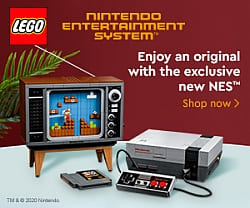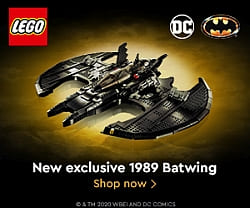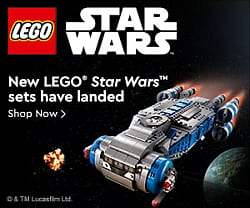LEGO is running an unadvertised sale right now that I wanted to make sure you know about. The #76052 LEGO Batman Classic TV Series – Batcave is close to being retired, and to help clearing out remaining stock, LEGO started a special promotion a few days ago. 🙂
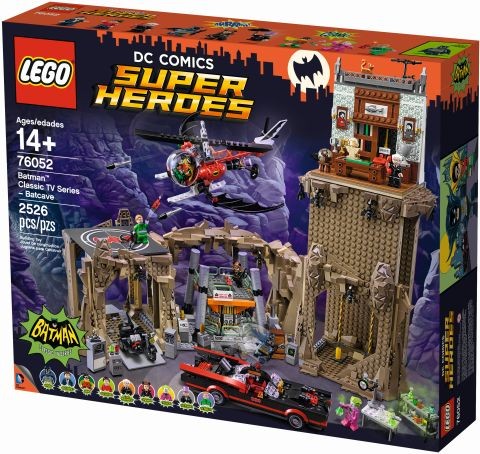
The #76052 LEGO Batman Classic TV Series – Batcave is one of the largest LEGO Super Heroes sets to date, with 2,526 pieces and 9 minifigs. The original price of the set is $269.99, which is pretty reasonable for a LEGO Super Heroes set based on the piece-count (close to 11 cents per piece). However, LEGO fans do like deals, so LEGO lowered the price to $199.99 USD / $244.99 CAD. This works out to be a 26% discount, and brings the price/piece down to 8 cents – much better.
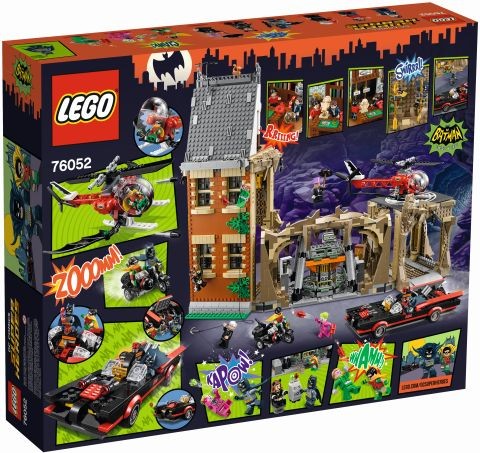
In addition to the discount, you also get Double VIP Points on the set, so instead of 199 points, you will earn 399 points. This translates to just about $20, which you can redeem during a future purchase. If you buy the set at an official LEGO store, don’t forget to mention at checkout that you are a LEGO VIP member. Or, if you are buying the set online, make sure you are logged in with your LEGO VIP account before you finalize your purchase at the Online LEGO Shop.

But wait, there is more! Besides the discount and the Double VIP Points, you also get one free mystery bag from The LEGO Batman Movie Collectible Minifigure Series if you purchase the Batcave. As I mentioned, this promotion is not advertised, and you will only see it when you add the set to your shopping cart at the Online LEGO Shop.
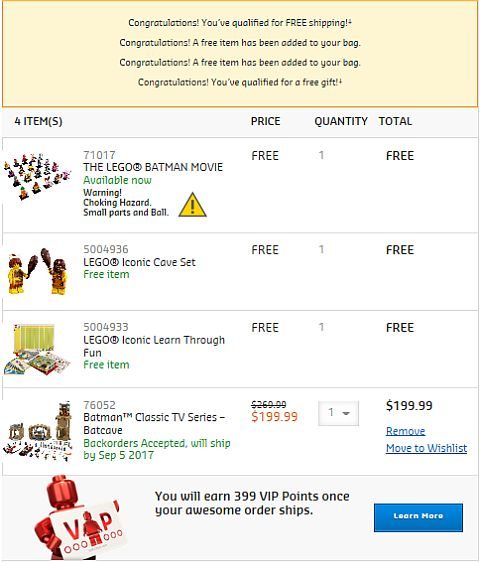
So, to recap, the LEGO Batman Classic TV Series – Batcave is currently available with a 26% discount, plus you also get $20 worth of LEGO VIP Points. This basically adds up to be a 33% discount, and a price/piece of only 7 cents. That’s a very good deal. And, you also get a free minifigure from The LEGO Batman Movie.
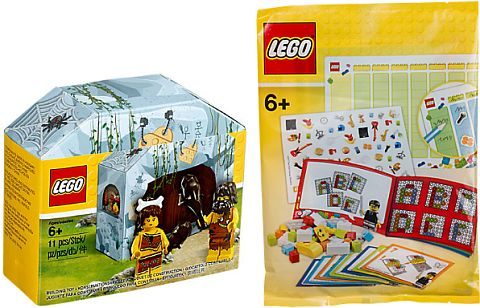
But, there is even more! Because you also get the special promotional items for August, which are the #5004936 LEGO Iconic Cave set with two minifigures and a small cardboard cave, and the #5004933 LEGO Iconic Learn Through Fun promotional set to help kids to learn the alphabet (a few bricks, some cards, stickers, etc.). All the promotions related to the LEGO Batman Classic TV Series – Batcave are valid in both the US and Canada while inventory of the set is available. The August promotional items are valid until supplies last at LEGO stores and the Online LEGO Shop.
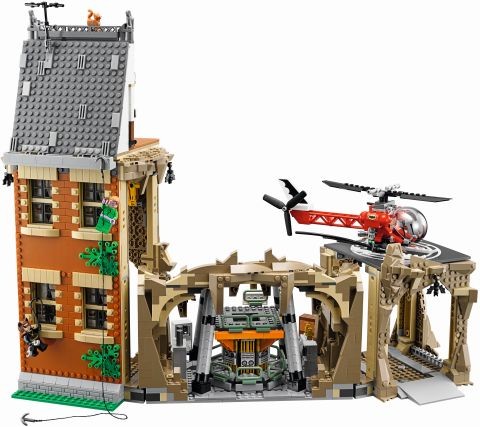
We have reviewed the LEGO Batman Classic TV Series – Batcave previously (see links at the end of this post), however for your convenience, I have included below the official description of the set, as well as the video-review by JANGBRICKS. He will show you all the plusses and minuses of the set, which should help you make a decision about buying it. But frankly, for this price, the set is worth it just for the parts and minifigures, and you can always sell the minifigs for an even better deal on the parts.
Help Batman and Robin to drive the villain intruders from the Batcave, featuring a Bat Lab with Batcomputer, plus the Batmobile with stud shooters, Batcopter with flick missiles and the Batcycle. This special model, based on the classic 1960s TV show, also has a Wayne Manor section with an exterior wall to climb on and Bruce Wayne’s study featuring the iconic Batphone and a false bookcase that slides open to reveal the secret entrance to the Batcave. Before spiraling down the Batpoles into the Batcave, change identity from Bruce Wayne and Dick Grayson into Batman and Robin (separate minifigures included). Includes 9 minifigures: Batman, Robin, Bruce Wayne, Dick Grayson, Alfred Pennyworth, The Joker, Catwoman, The Riddler and The Penguin. Batcave measures over 18” (46cm) high, 22” (56cm) wide and 7” (20cm) deep. Batmobile measures over 2” (6cm) high, 8” (21cm) long and 2” (7cm) wide. Batcopter measures over 2” (7cm) high, 8” (22cm) long and 7” (19cm) wide. Batcycle measures over 1” (4cm) high, 3” (8cm) long and 1” (4cm) wide. 2,526 pieces. Sale price: $199.99 – BUY HERE
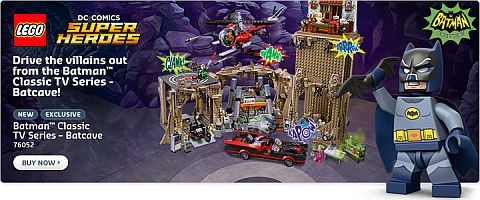
What do you think? How do you like the #76052 LEGO Batman Classic TV Series – Batcave? Do you have it already? Or are you planning to get it now while the sale is going on? Fell free to share your thoughts and own review in the comment section below! 😉
And you might also like to check out the following related posts:




